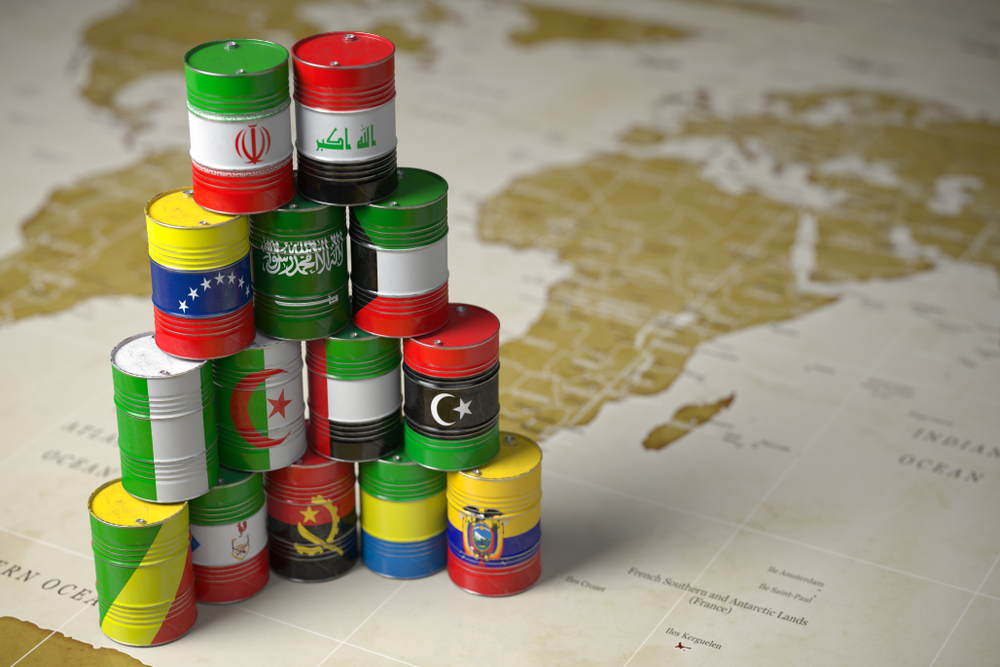- Summary:
- Brent crude price enters into consolidation as crude oil price recovery falters. Traders await outcome of the OPEC+ March 5-6 meetings.
Brent crude has entered into consolidation after the emergency Fed rate cut of yesterday stifled price recovery, as the move ended up spooking traders rather than restore market confidence.
This week OPEC+ is to meet with a Reuters report stating that the cartel is proposing cut of 600,000 barrels of daily output from the 2nd quarter of 2020 until the end of the year in a move aimed at price stability against coronavirus-driven demand cutbacks. There is talk of a bilateral meeting between Russian and Saudi oil ministers ahead of the JMMC meetings of March 5-6.
Read our Best Trading Ideas for 2020.
Technical Outlook for Brent Crude
The CME Group has reported a drop in open interest for the 2nd straight session by 4,100 contracts. Volume rose by about 77,200 contracts, providing the push for Tuesday’s slight uptick in Brent crude price.
However, Brent crude continues to lack bullish fundamentals, and this has stalled the recovery for the asset, with markets awaiting headlines from the OPEC+ JMMC meeting over the next two days for further direction. This wait is manifesting in the range-bound crude oil price activity, with 53.26 serving as the price ceiling. In contrast, the 27 December 2018 lows that form the upper limit of the 28 February candle and the lower limit of the March 3 and 4 candles serve as the price floor.
A break above 53.26 opens the door towards the 55.59 price area (point B in the resolved bearish Gartley pattern). 57.47, 58.69 and 60.62 remain viable upside targets, dependent on market response to any OPEC+ price cuts that please the bulls enough to get them to take action.
On the flip side, disappointing headlines from the OPEC+ meeting could provide further impetus for a selloff, which may target the 50.64 or 47.91 (3 August 2016 lows) support levels.
The fundamentals for crude oil continue to point towards medium-term and long-term weakness die to the ongoing coronavirus and steep drop in factory activity. Any positive response to OPEC+ output cuts may be short-lived.


